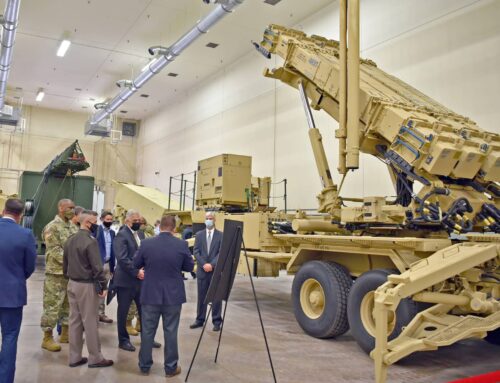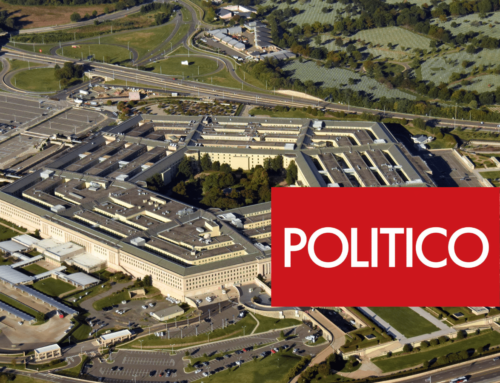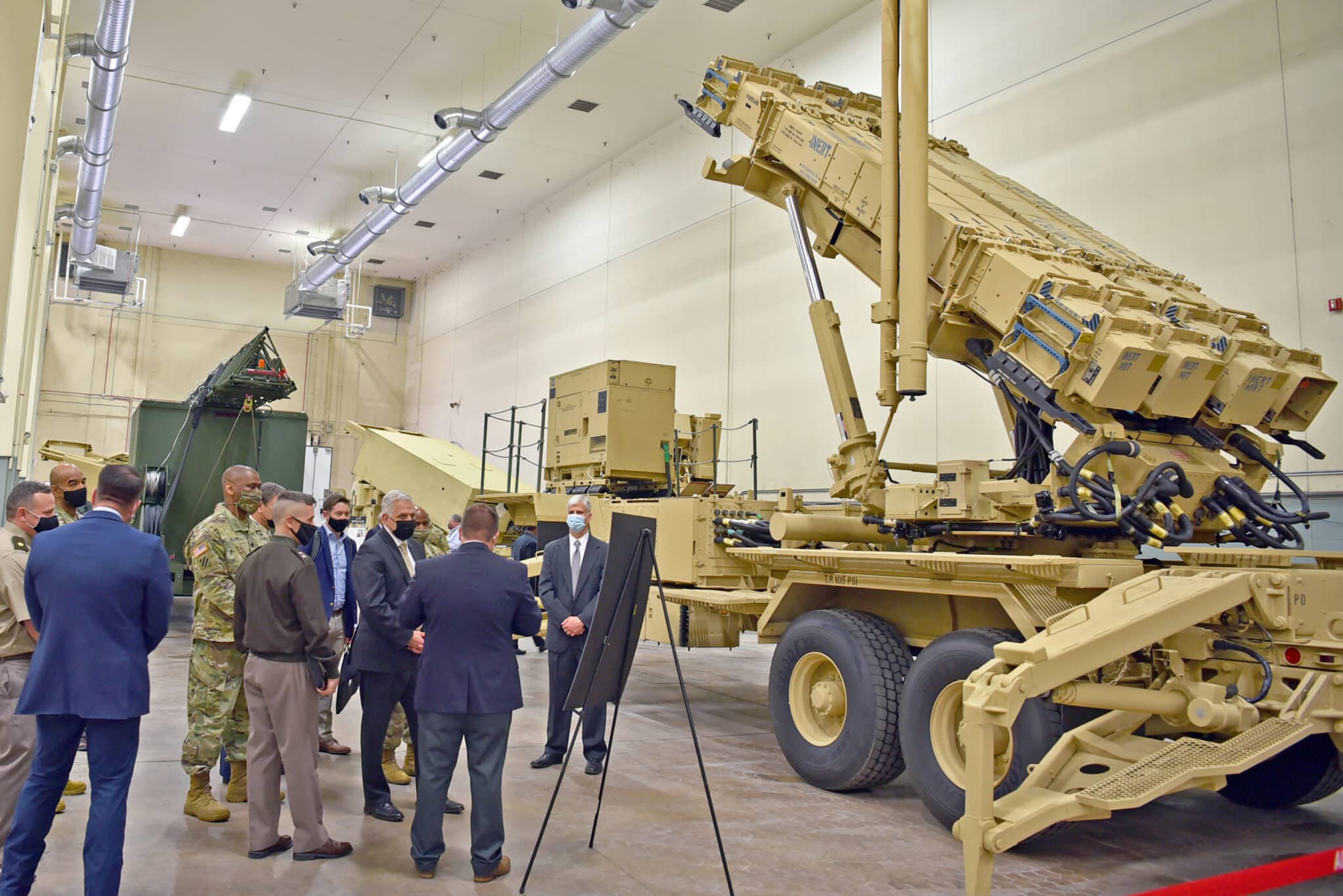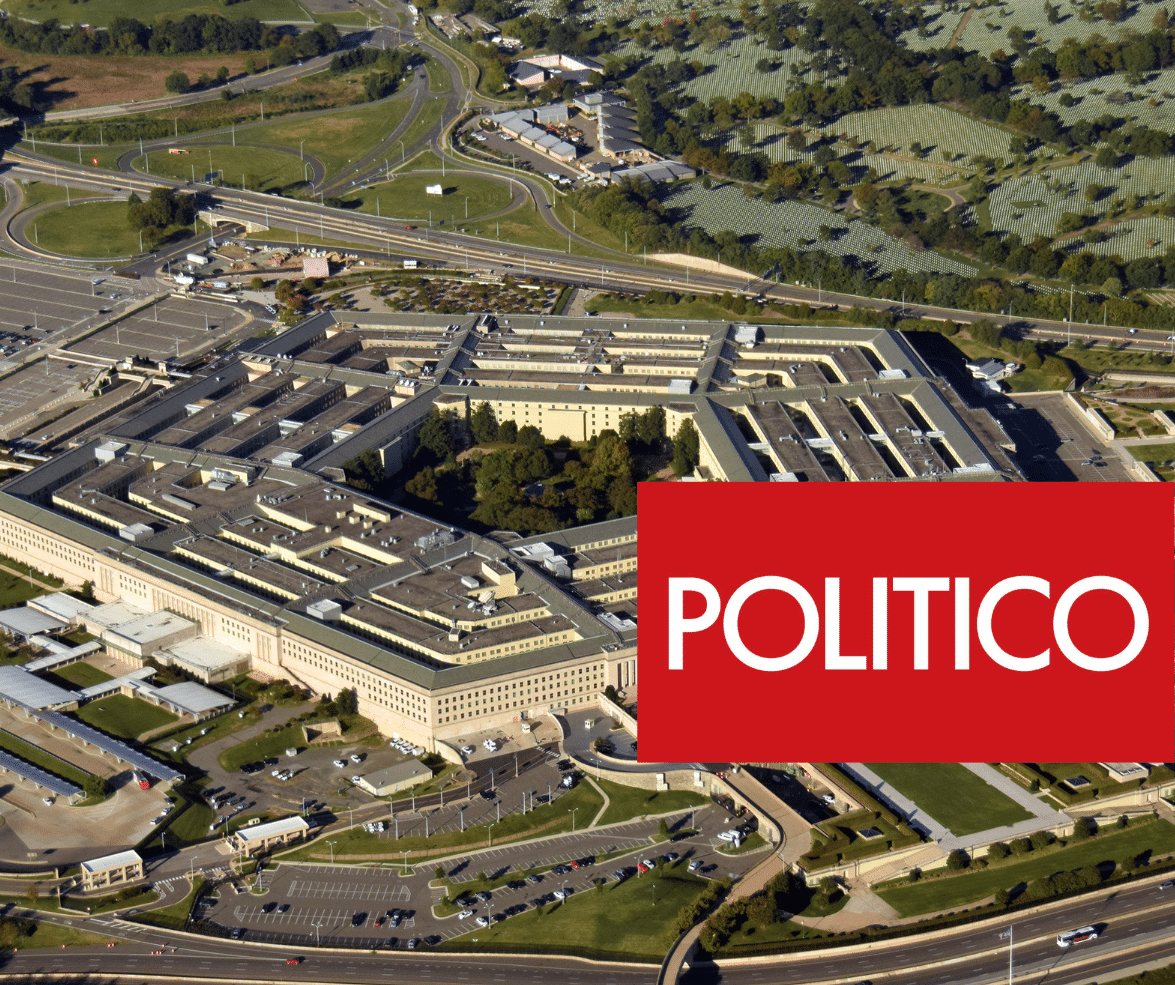The Senate Appropriations Committee recently released the Chairman’s version of the Fiscal Year 2018 funding bill for the Department of Homeland Security. If you have no patience for reading the full report, you can skip to the Cliff Notes in the form of the Committee press release.
The total price tag for the bill is $51.6 billion. We’ll digress for a moment to point out that the entirety of the budget for the Department of Homeland Security is less than just the Overseas Contingency Operations portion of the Pentagon budget. In fact, when the Administration released its FY18 budget request at the beginning of the year we pointed out that OCO at $64.4 billion, if it was a separate agency, would be the fourth largest in the federal government.
Okay, we’ll get back to DHS now.
The $51.6 billion the Senate Appropriations Committee proposes for DHS is spread over 22 different agencies. But, kind of like Dr. Seuss’ “Star-bellied Sneetches”, some agencies are more special than others and get more attention and an outsized portion of the department’s budget. In the coming fiscal year the Committee proposes to spend $13.5 billion, or roughly a fourth, of the DHS budget on U.S. Customs and Border Protection (CBP). And of that large chunk of change, $1.6 billion is devoted to “Border Security Assets and Infrastructure.” And of that, $1.571 billion is for physical barriers. In other words, the wall.
On the one hand, we’re pleased to see Congress putting this money in the budget of the federal department that’s actually responsible for border security. If you stretch your mind back to this past August, the House of Representatives wanted to put $1.6 billion for the wall into the Pentagon’s budget. We wrote a letter to all House Members about that bad idea at the time.
So even though we believe the wall to be a waste of money, kudos to the Senate Appropriations Committee for instilling some fiscal discipline into where the money for the wall will come from. But the committee also points out that simply building a barrier isn’t going to cut it when it comes to border security.
“As a physical barrier is but one component of a border security system, the Committee believes it is imperative to include appropriate sensor technology, including fiber optics and camera systems, with the barrier system.”
Whoo boy; hold on to your hat! (Or, more accurately, your wallet.) We agree that just a barrier, however big and beautiful, isn’t going to successfully secure the border. But when you start talking about sensor technology, you quickly start adding costs. It’s kind of like needing a new refrigerator and the next thing you know, you’ve renovated your entire kitchen and added a second floor. But even more expensive than that.
This bill appropriates about $20 million for “Border Security Technology” (towers and mobile video systems) in the coming fiscal year but that’s likely to be just a drop in a very big bucket. The Appropriations Committee does ask for a detailed plan to “accurately estimate future costs” of a physical barrier along “parts” of the southern border.
We’re particularly pleased to see the following requirements for the cost report:
“The report should detail acquisition and legal costs associated with acquiring property through eminent domain and other means, as well as costs and impacts to communities and businesses, including tribes or ranchers who receive condemnation notices because the government invokes eminent domain. The report should also clearly articulate the methodologies and performance metrics used to develop the report. The Committee further directs that construction not begin on a section of physical barrier along the border until its design is at least 90 percent complete. Further, as CBP executes the project, the Committee directs CBP to brief the Committee monthly on estimated costs versus actual costs.”
There are three things to applaud here:
First, this language acknowledges that there are costs to communities that will have this barrier thrust upon their landscape. It’s important to acknowledge those costs.
Second, we applaud the Committee for forcing a little fiscal discipline on the Department of Homeland Security.
Third, the Committee puts DHS on notice that they’ll be watching for cost increases.
At Taxpayers we fervently hope those estimates are made publicly available. We’ll be watching and reporting the details.











Get Social